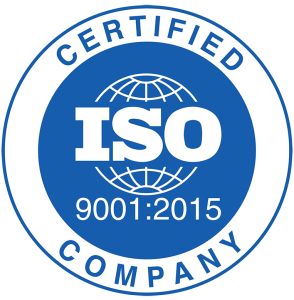To create our high quality ERW tubes, the steel needs cutting correctly. As the material is tough and hard, there are many processes for cutting it. To be successful, you must understand which methods work best. With this, there are two main processes to choose from, namely mechanical and thermal cutting.
Mechanical cutting
With this method, a physical means rather than thermal is necessary. Every mechanical method produces different quality products, as the speed and cut quality varies.
• Miter cutting. The blade used is circular, and is typically carbide. To make the cut, the blade spins at high revolutions before coming into contact with the metal. Engineers prefer this technique as it produces the most precise cuts.
• Production saw. This cut requires a band saw in either a vertical or horizontal position. The type of cut is suitable for a variety of metals, as it’s so robust.
• Guillotining. This cutting process uses a sharp edge and heavy force to make a cut. This method is can make precise cuts. However, it can make the edge of the cut deformed.
• Hole punching. Similar to guillotining, this uses a metal tool to make punch holes. This is typically used for cutting specific shapes into metal.
• Drilling. Akin to hole punching, drilling is also used for cutting shapes into metal. However, the technique uses drill bits to make the holes.
Thermal cutting
This technique uses heat. The energy heats certain areas of the metal, which turns it into liquid. Once it turns molten, it is blown off leaving the cut. Furthermore, engineers prefer thermal techniques as they are quicker. Keeping this in mind, the three main thermal methods are laser, plasma and flame.
Being professional producers of ERW tubes, we understand which type of cutting works best. We supply many tube lengths and types, for whatever application you may have. If you need such services, keep in mind Union Steel Tubes.


